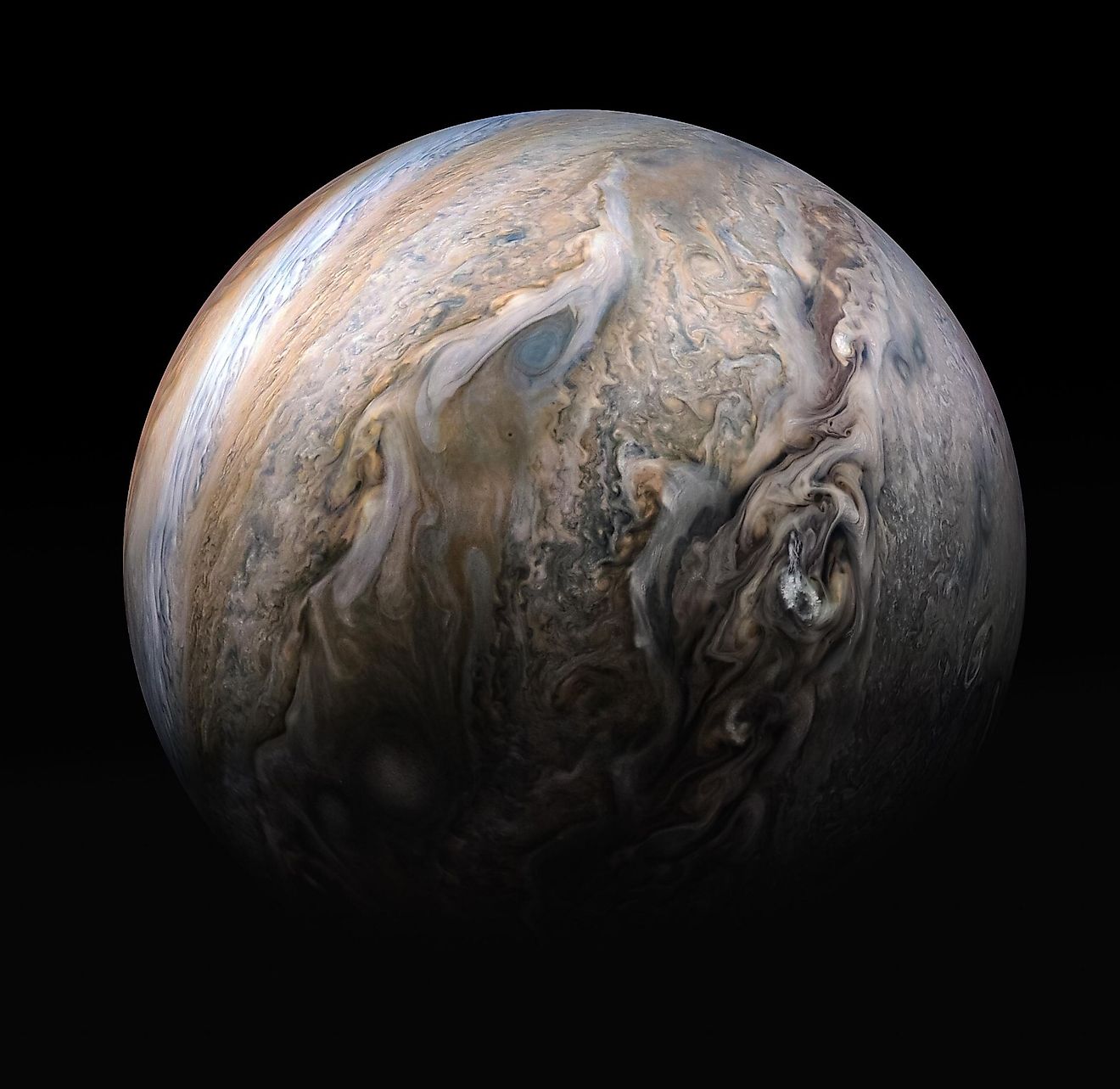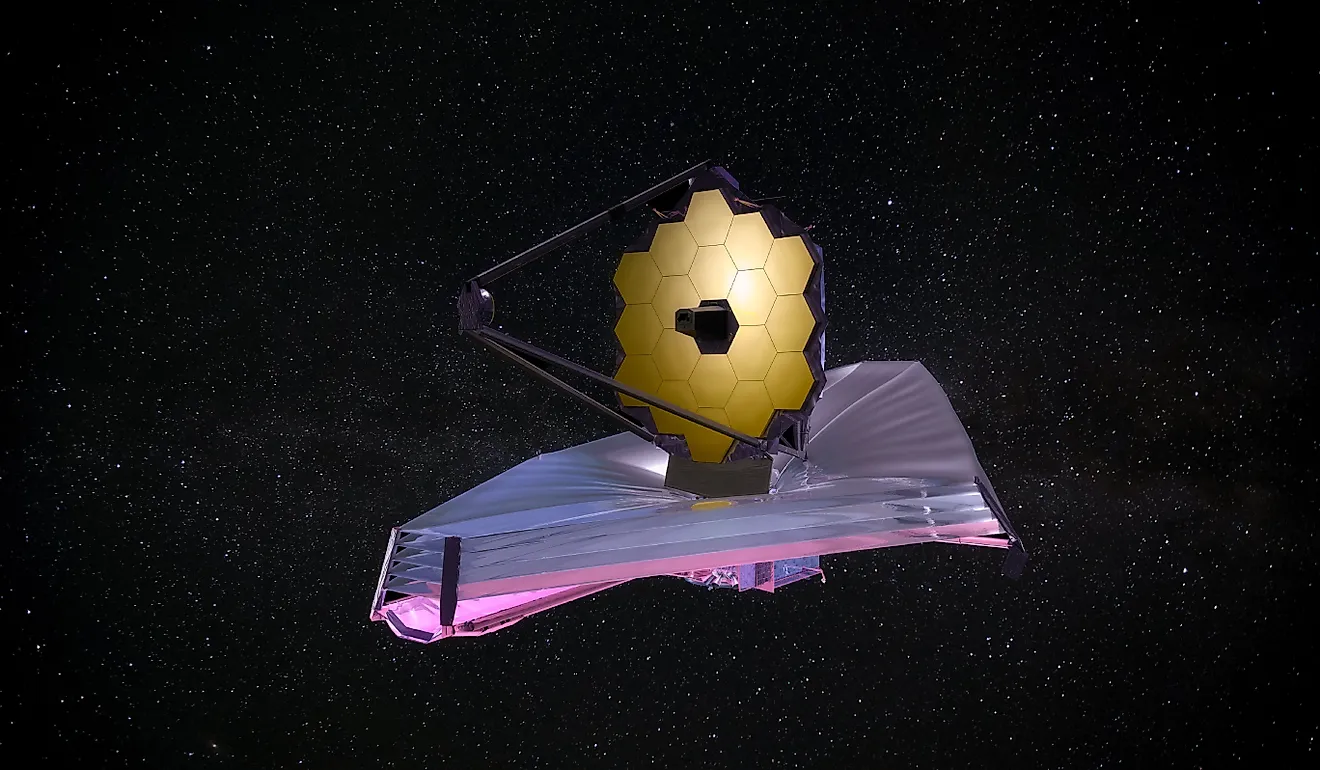
Where Does The Sun Rise And Set?
As seasons change and the days go by, one phenomenon remains consistent: the sun’s rising and falling. As the Earth rotates, the sun rises in the east of the sky and sets in the west. The time in which it rises and sets depends on one’s geographic location. People in the Eastern hemisphere will experience the sun rising and setting before people in the Western hemisphere, which results in the world's differing time zones. However, regardless of hemisphere, the sun always rises in the east and sets in the west. The stars, planets, and moon also follow this same pattern of rising in the east and setting in the west.
Table of Contents
| Section | Summary |
|---|---|
|
The relation between the Earth's rotation and the sun, Earth rotation speeds |
|
|
The sun's position during the equinoxes, summer and winter solstice |
|
|
Effects of lower and higher latitudes on daylight |
|
|
Tracking The Sun: Ancient Civilizations' Astronomical Innovations |
Babylonian, Mayan, Egyptian, & Greek contributions to sun measurements |
|
Current satellites, radiation and magnetic field tracking |
The Earth’s Rotation

Despite the illusion of the sun moving from one point to another, the sun remains in one unwavering position. The Earth rotates from west to east on its axis, causing the sun, moon, and stars to move from east to west in the sky. At the equator, the Earth rotates at about 1,000 miles (1,600 kilometers) per hour. However, this rotation speed changes depending on latitude. Texas, for example, rotates at a slightly slower speed of about 870 miles (1,400 kilometers) per hour and Southern Canada spins at a mere 620 miles (1,000 kilometers) per hour. Despite this extreme rotation speed, humans and other organisms on the Earth cannot feel this movement because everything relative to us, including the atmosphere, land, and oceans, is also spinning. Therefore, in relation, everything feels stationary.
The Impact Of The Equinoxes
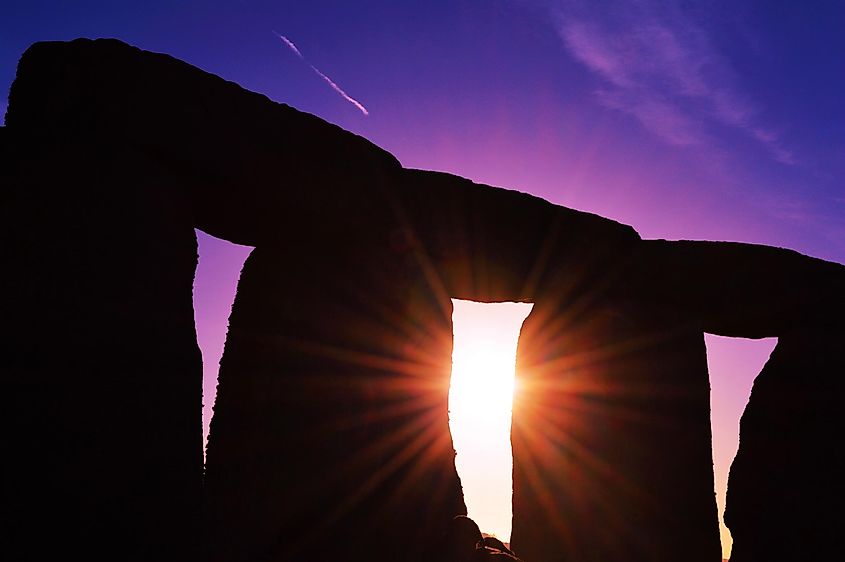
Although the sun always rises in the east and sets in the west, its position on the horizon varies slightly throughout the year. On the spring and fall equinoxes, it rises due east and sets in the due west of the horizon. During the winter solstice, it rises and sets at the southernmost points. Comparatively, during the summer solstice, it rises and sets at the northernmost points, causing a slight alteration to its position during the year. During the winter, the sun travels a shorter distance in the sky during the day, causing the days to be shorter. Vice versa, in the summer, the sun travels a longer trajectory, resulting in longer days with more sunlight. The shortest day of the year when the sun has the shortest path in the sky is the winter solstice and the longest day with the longest path is the summer solstice.
Effect Of Latitude On The Sun’s Path
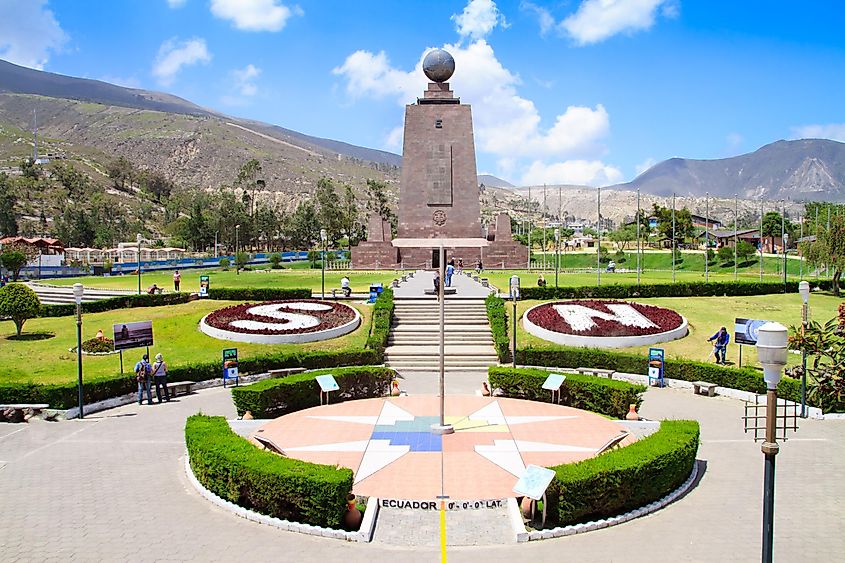
The Earth’s latitude greatly impacts the sun’s trajectory in the sky and day length. At latitude 0° (the equator), for example, the sun consistently provides 12 hours of daylight year-round. Moving further north or south, the sun’s trajectory becomes less consistent and depends more on the part of the year. As latitude moves towards 90° (the north and south poles), day length begins to increase to 24 hours or reduce to zero hours, depending on whether it is summer or winter in that hemisphere.
Tracking The Sun: Ancient Civilizations' Astronomical Innovations
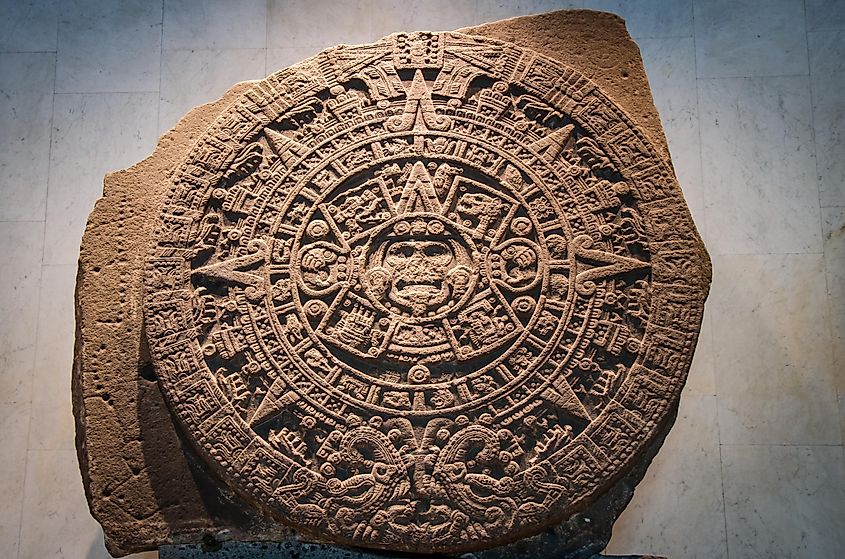
There is not one single astronomer that we can credit with defining the sun’s position in the sky. Rather, human civilizations have been tracking the sun and other celestial bodies for millennia. The Babylonians were one of the first recorded civilizations to track the sun, dating back to 1800 BCE. They would use tools such as gnomons and waterclocks to meticulously record the sun and moon’s motion and create a daily, monthly, and yearly calendar concerning their position. Around 1500 BCE, Egyptians began using sundials to track the sun’s progression in the sky and measure time using the sundial’s shadow. Centuries later, around 280 BCE, Greek Astronomer Aristarchus of Samos invented a hemispherical sundial, in which a shadow would move across a hemispherical, stone arc throughout the day. Aristarchus of Samos was also one of the first astronomers to propose that the Earth rotated on an axis and revolved around the sun. Lastly, the Mayan civilization, dating back to roughly 250 through 900 CE, predicted the passing of the seasons and created their calendar by tracking the sun’s movements related to the horizon and other buildings, such as temples and pyramids.
Observing The Sun In Modern Times
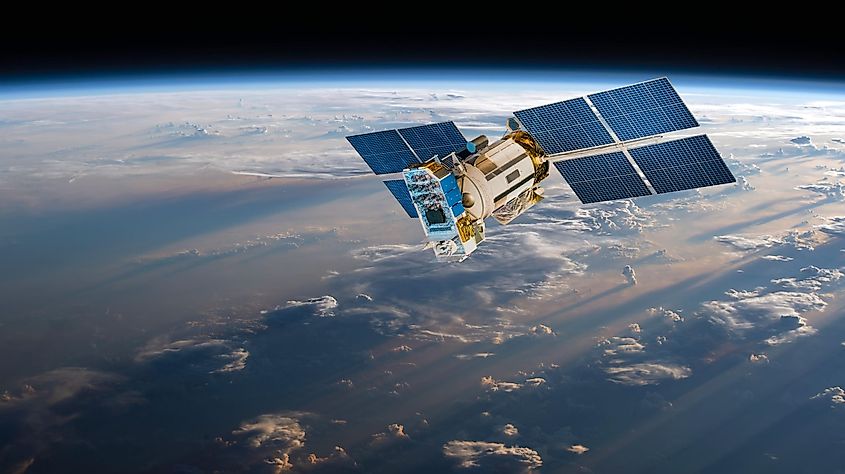
Today, astronomers use fleets of satellites that orbit the Earth to study and observe the sun. By using satellites outside of the atmosphere, astronomers can capture clearer images with less distortions. Today, these astronomical studies allow scientists to understand complex aspects like radiation and magnetic levels, which can impact space weather and interfere with communication systems and space technology. Observations also track changes such as solar eruptions, sun rotation, and magnetic field changes. By studying the solar magnetic field, scientists receive clues regarding complexities such as solar flares, fast-charged particles that are ejected from the sun, and coronal mass ejections. Studying the sun is also an important endeavor as it is the closest star to us and therefore provides arguably the most insight into how stars work. Some of the modern missions NASA has launched in recent years include the Solar Dynamics Observatory, the Parker Solar Probe, the Solar Terrestrial Relations Observatory, the Reuven Ramaty High Energy Solar Spectroscope Imager, and the Interface Region Imaging Spectrograph.
In conclusion, the sun's journey across the sky, rising in the east and setting in the west, is a consistent phenomenon governed by Earth's rotation and its tilting axis. Regardless of geographic location or hemisphere, this daily spectacle remains a constant in human lives, shaping the perception of time and guiding activities. From ancient civilizations' meticulous observations to modern-day scientific advancements, humanity's fascination with the sun has endured through millennia. Today, to understand this mighty star and the impact it has on Earth, astronomers utilize cutting-edge technology such as satellites to predict solar phenomena. As humanity continues to unravel the mysteries of Earth’s nearest star, the sun remains a beacon for discovery, allowing us to understand the behavior of stars across the galaxy.







